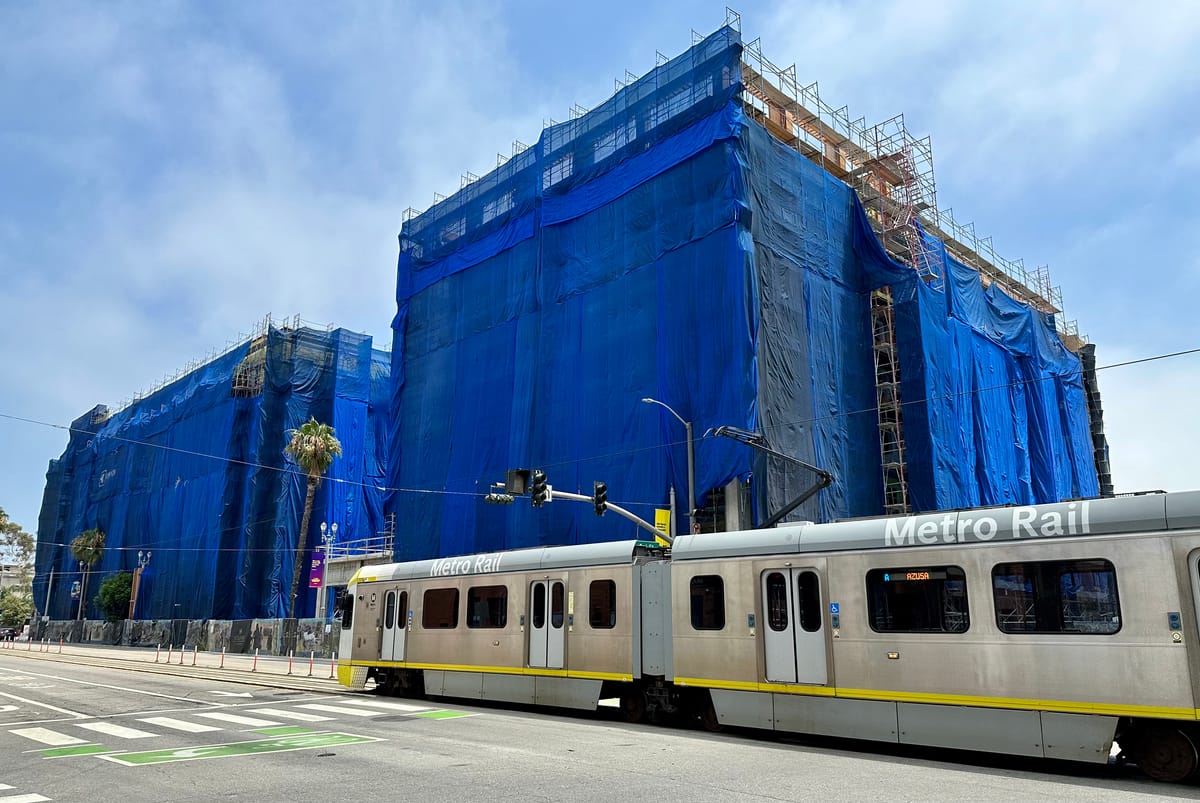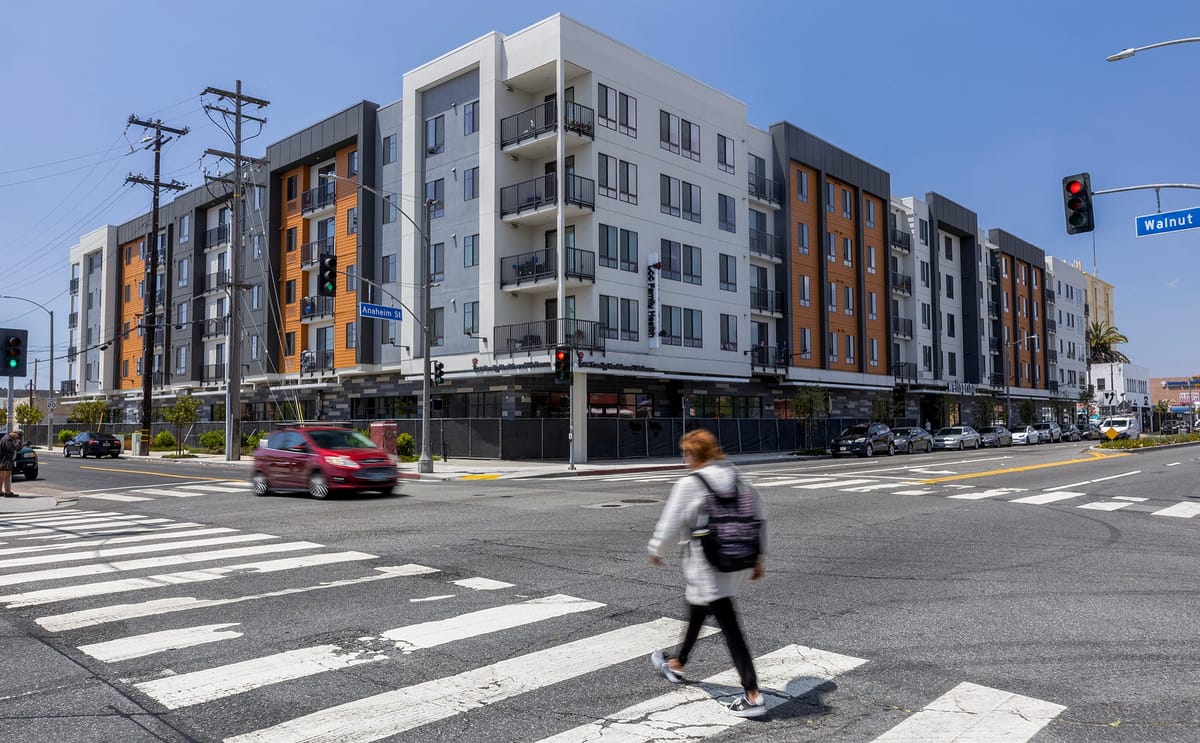Column: The White House says the answer to the housing crisis is a lot more homes
This federal funding could help Long Beach cover the cost of updating codes and regulations to allow more construction.

I’ve written extensively about the housing crisis here in Long Beach and in California at large.
I wrote about how Long Beach needs tens of thousands of new homes to address our shortage. I wrote about how San Diego and other cities are already doing exactly that. And then I talked about how the way to get there isn’t with more regulation, it’s by removing the red tape around housing construction.
I even wrote about how the location of that new housing would have a big impact on its liveability and could perpetuate racist, segregation-era patterns of housing discrimination.
On Tuesday morning, the White House released a statement announcing plans to build more than 2 million new homes to address a nationwide housing crisis.
It turns out that even the White House knows the answer to the problem is to build.

First, the Biden-Harris administration will provide $100 million through the Department of Housing and Urban Development (HUD) for communities to remove barriers to housing production.
The agency’s Pathways to Removing Obstacles to Housing program, “supports communities who are actively taking steps to remove barriers to affordable housing,” according to its website. Those barriers include a lack of infrastructure, amenities, and importantly, “outdated zoning, land use policies, or regulations.”
And although $100 million is a relatively small number in terms of the federal budget, this money will help local governments cover the cost of updating codes and regulations, and other pieces of the process to change rules to allow more construction.
Here in Long Beach, we're in the process of rezoning major parts of the city. Unfortunately, some of the plans don’t exactly change the land use patterns that led us here in the first place.
While the city anticipates “more than 3,000 new market-rate and affordable” homes, nearly all would end up on a busy street, leaving the low-density, expensive neighborhood behind untouched.
Hopefully, the city can take the White House’s suggestions to heart and expand those zoning changes to historically exclusive neighborhoods.

A second piece of the effort is streamlining transit-oriented development through the Department of Transportation. This builds on work already underway to support dense, walkable neighborhoods near jobs and transit.
Last year, the White House announced that the DOT will provide more than $3 billion as part of its Reconnecting Communities and Neighborhoods (RCN) program to finance projects that will “improve access to daily destinations.”
“This includes improving connections to affordable housing, fostering equitable development, and increasing housing supply through zoning reform,” the statement read.
By changing the rules to allow denser, more affordable housing near jobs and businesses, more people will be able to live in a place where they can comfortably walk, bike, or take transit to work and around town.
This doesn’t just mean more efficient, environmentally friendly cities, but also lower costs for people who won’t have to pay for a car, gas, insurance and maintenance — or waste hours a day sitting in traffic.
Now the time it takes to get projects like these built will hopefully be shorter, as the administration is directing federal officials to shorten permitting timelines and offer financing and loans for commercial-to-residential conversions.
"When DOT first announced these loan programs could be used to finance housing near transit, the estimated time between final Letter of Interest and the loan close was up to 18 months,” the White House release said. “With these changes, that time can now be under a year as long as all other statutory requirements are met."
Also, the Department of Treasury and HUD are working to address interest rate uncertainty by allowing state and local finance agencies to borrow money at just above the rate that the government gets.
After years of interest rate hikes and concerns about the future, allowing financing agencies to have predictability and stability in their rates can spur more production.
The White House is also pushing local governments to use HUD Community Development block grants for housing investment, offering up to $250 million in loan financing through the Section 108 Loan Financing program.
HUD is changing its rules to allow manufactured, or prefabricated, housing developments, and the Council of Economic Advisors is pushing state and local governments to permit and approve new housing more quickly.
“The Biden-Harris Administration has been committed to using every available tool to build more housing and lower costs,” the statement said, adding that, “more units are under construction than at any time in over 50 years.”
And there it is. According to the White House, the answer to a historic housing shortage is building a lot more homes, and this administration is using every tool it has to do exactly that.
All of these reforms are efforts to make building affordable homes easier, and that’s the sort of energy we need in the White House if we want to tackle this nationwide problem.

We need your support.
Subcribe to the Watchdog today.
The Long Beach Watchdog is owned by journalists, and paid for by readers like you. If independent, local reporting like the story you just read is important to you, support our work by becoming a subscriber.





